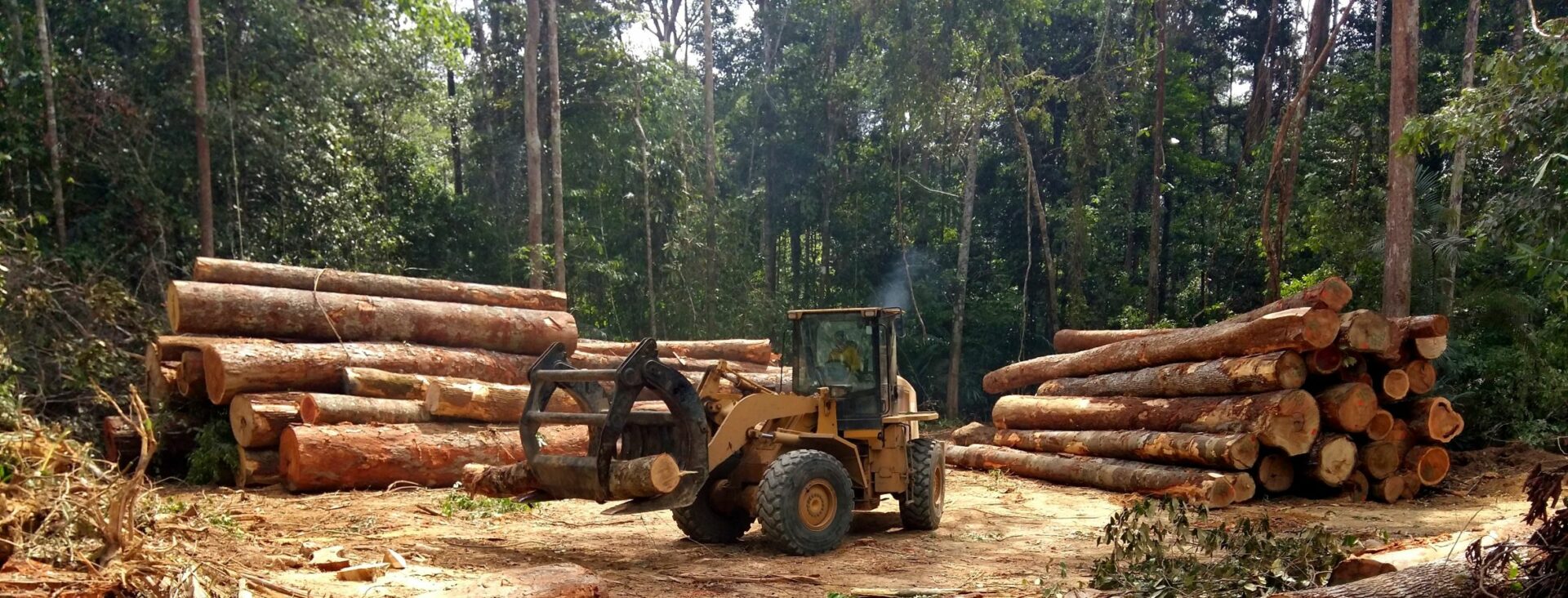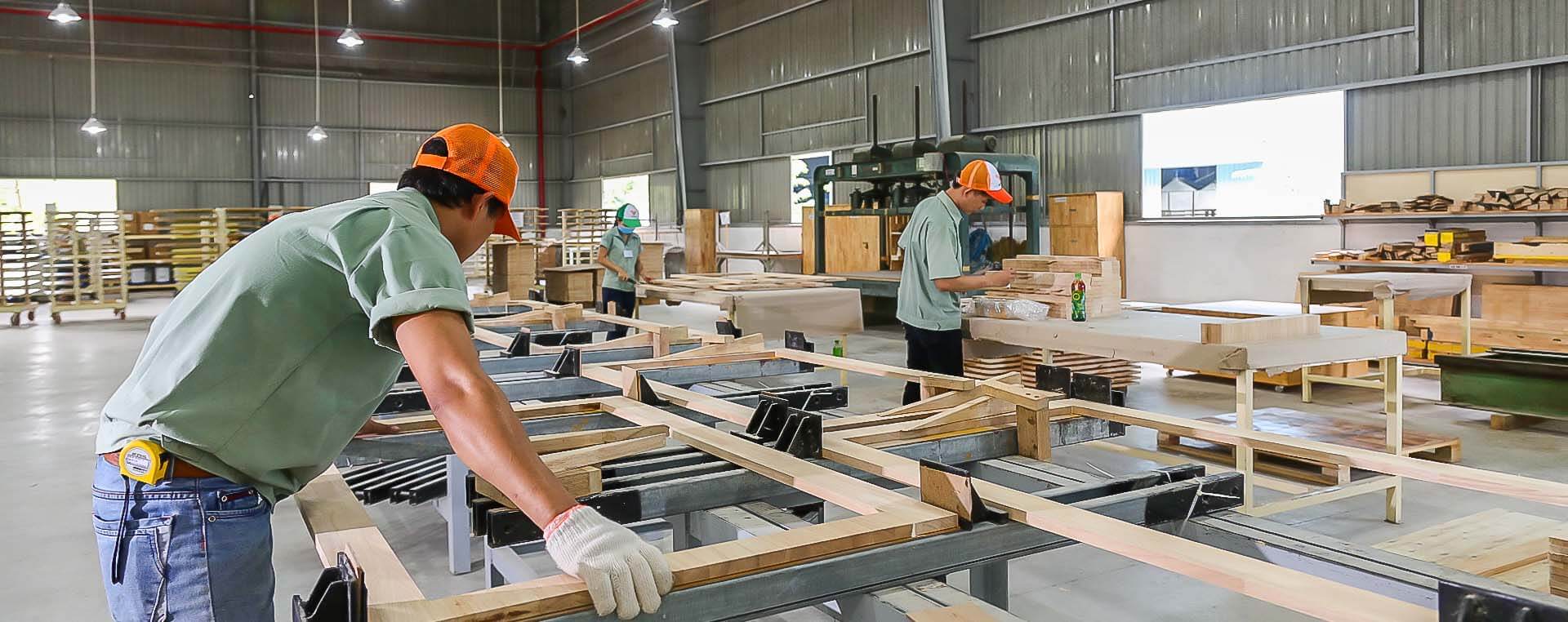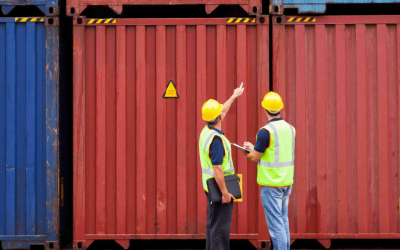Recognizing this, on 3 March 2013, the European Union introduced Regulation (EU) No. 995/2010, a law addressing illegal logging and the associated trade in illegal timber products. The EU Timber Regulation aims to halt all illegal trade of timber into the EU by:
- Banning the sale of illegally harvested timber
- Requiring EU companies to carry out due diligence
- Requiring EU companies to register their trade by keeping records of their transactions, suppliers, and their customers
EUTR Scope and Responsibilities
The Regulation applies to a broad range of both imported and domestically produced timber products.
| Included | Not Included |
| Solid wood products | Recycled products |
| Flooring | Books |
| Plywood | Magazines |
| Pulp | Newspapers |
| Paper | Other printed papers |
Timber and timber products covered by valid FLEGT or CITES licenses are considered to comply with the requirements of the Regulation. Operators: businesses that first place timber products on the EU market. Operators, including importers of timber products and EU-based foresters, must implement a due diligence system to assess any risk that their product contains illegally sourced timber. Traders: businesses trading timber products already in the EU market. Traders must keep records of timber purchases and sales for five years. All 27 EU Member States are legally responsible for enforcing the requirements of the EUTR. Not complying with the EUTR could have major consequences for your business such as fines or confiscation of your goods.
Due Diligence System
Operators in the EUTR must implement a Due Diligence System (DDS) consisting of 3 major steps:
- Information: The operator must have access to all information describing timber products, including country of harvest, species, quantity, supplier details, and information on compliance with national legislation.
- Risk Assessment: The operator should use this information to assess the risk of illegal timber in his supply chain based on EUTR criteria.
- Risk Mitigation: Upon the risk of illegal timber in the supply chain, additional information, verification from the supplier, or changing suppliers can be some of the ways to mitigate the risk.
What information do you need for your DDS?
The information required under a DDS falls into two broad categories: specific information and general information.
- Specific information refers directly to the timber or timber product and determines the associated risk. This information includes:
- A description of the product
- Identification of all species used in the manufacturing of a product
- The country of harvest (including the sub-national region and concession of harvest if applicable)
- The name of the supplying organization
- The name of the customer
- Relevant documentation indicating compliance with applicable legislation relating to harvesting and trade in the country of timber harvest
- General information provides the context in which the product-specific information must be evaluated, including:
- The prevalence of illegal harvesting associated with this timber species
- The prevalence of illegal harvesting practices in the region of harvest
- The prevalence of armed conflict in the region of harvest
- The complexity of the supply chain
Negligible and Non-Negligible Risks
Potential risks found in the general information impact the gathering of product-specific information and the overall risk evaluation. The assessed risks fall into 2 categories:
- Negligible Risk applies when a full assessment of both product-specific and general information determines there is no evidence of illegal activities and therefore no cause for concern.
- Non-Negligible Risk applies when risk mitigation procedures must be applied to achieve regulatory requirements before placing the product on the European market.
What does it mean in practice?
Here are the main due diligence steps you should take when collecting information, assessing risk, and mitigating any non-negligible that may arise.
Ensure your product is covered by regulation 995/2010 annex 1.
Annex 1 of Regulation 995/2010 defines the products that are covered by the regulation. Timber and timber products are classified in the Combined Nomenclature set out in Annex I to Council Regulation (EEC) No 2658/87 (1), to which this Regulation applies. Once you have ensured that your organization is covered by the Regulation as an operator importing timber products, you can start implementing your DDS.
Identify timber species used for your product.
This can be achieved by identifying all the components of the product, and the species they are made from. In most cases, we are dealing with products that are made from a single species, i.e., sawn timber, planed timber, sleepers, veneers, etc. In more complex cases, a product can be made from multiple species, i.e., plywood, furniture, particleboard, paper products, etc. Records and evidence must be kept, such as product design, invoices or purchase orders from sub-supplier, manufacturer Incoming Quality Control records (IQC) and raw material inspection reports, etc.
Non-Negligible Risk and Mitigation Example: Unknown species: Inability to identify all the species used for your product by your manufacturer and their origin. Risk Mitigation: QCADVISOR experts advise you to discontinue sourcing this product and find an alternative supplier.
Negligible risk example: If the species you have identified comply with the Convention on International Trade in Endangered Species (CITES) regulation, they are also considered compliant with the requirements of the EUTR with no evidence of illegal activities.
CITES is implemented in the EU through a set of Regulations known as the EU Wildlife Trade Regulations. You can also ensure that your product species are not included in the list of endangered species in Annex A, B, or C of the 338/97 regulation. If any of your product species are not covered by CITES, you must continue your due diligence.
Identify the country of harvest of your species
As an importer, your due diligence must clearly identify every country of harvest for each species used for your product with a clear mapping of the supply chain your product is going through. Documents and evidence like P.O.s, certificate of origin, invoices, inspection reports, or shipping documents must be kept as part of the Due Diligence. This is a critical step of your Due Diligence due to the risks for the prevalence of illegal activities in the country or countries of harvest.
The United Nations Security Council and the Council of the European Union have placed sanctions on some countries on timber products trade. The more complex the supply chain is, the more risks you can face dealing with illegal timber. It also allows you to cover applicable requirements and laws related to the country of harvest and avoid being in a non-negligible risk situation.
Non-Negligible Risk and how to mitigate it: Not being able to identify the country of harvest of your timber: When it is not possible to link one or several species used for your product to their country of harvest, this is a non-negligible risk.
Risk Mitigation: In this case, you should proceed to mitigate this risk by having a complete mapping of your supply chain for the timber you are going to use so that they become negligible. If you cannot reach an agreement with your supplier and have a full supply chain mapping, you should seek an alternative source with more transparent sourcing.
Illegal Harvesting: Consider the risk of illegal harvesting in your DDS by obtaining information on the country’s general levels of compliance through an independent organization such as Transparency International, IUCN Red list, or FSC Global Forest Registry.
Risk Mitigation: If no solution can be found, seek an alternative supplier with legal harvesting.
Armed conflict: Armed conflict is another source of concern you must include in your DDS to minimize the risk of illegal timber being used in your products.
Risk Mitigation: As an importer, if there is a risk of illegal harvesting or armed conflict, you must report it to the relevant National Competent Authority and seek other sources for your timber.
If your supplier can demonstrate that the product you are importing complies with FLEGT, they are considered to comply with the requirements of the Regulation. To confirm if your product is compliant with FLEGT, when importing products out of the EU you should consult Annex 1 of Regulation (EC) No. 2173/2005 (FLEGT). Important Note for FLEGT: Product must be licensed by an approved body, in accordance with Annex II or III or Regulation 2173/2005. Other ways to mitigate risk:
- If you have certified your product in accordance with Commission implementing regulation (EU) no 607/2012 it is also a way to mitigate your risk.
- Obtain documentation from your supplier that the timber meets all laws in its country of origin.
- Ask your supplier if their products are or can be supplied as certified to FSC™ or PEFC standards.
More about EUTR and Due Diligence System
- The due diligence is not a one-shot assessment, it is a continuous improvement process that needs to be performed at least annually.
- Documents provided during a supplier audit on-site help confirm the records and certificates they provided to you are consistent with actual operations and species of timber used for your product. If all possible documents are readily available, there is a stronger likelihood that the product’s supply chain has been established. If this is the case, there also needs to be well-founded confidence that the documents are genuine and reliable.
- QCADVISOR team can perform Factory Audits within 48h all over China and Asia. Either to control raw material, semi-finished or finished products comply with your EUTR Due Diligence System. The team can help to evaluate your suppliers’ ability to meet your requirements and identify potential gaps.
The illegal trade of timber and timber products leads to detrimental outcomes, potentially undermining long-term environmental and social benefits. Upon implementing a quality Due Diligence System, businesses and traders can feel confident that their timber was harvested ethically within the requirements of the EU Timber Regulation. For more information about implementing quality control practices for your business, our QCADVISOR compliance experts are here to help.







